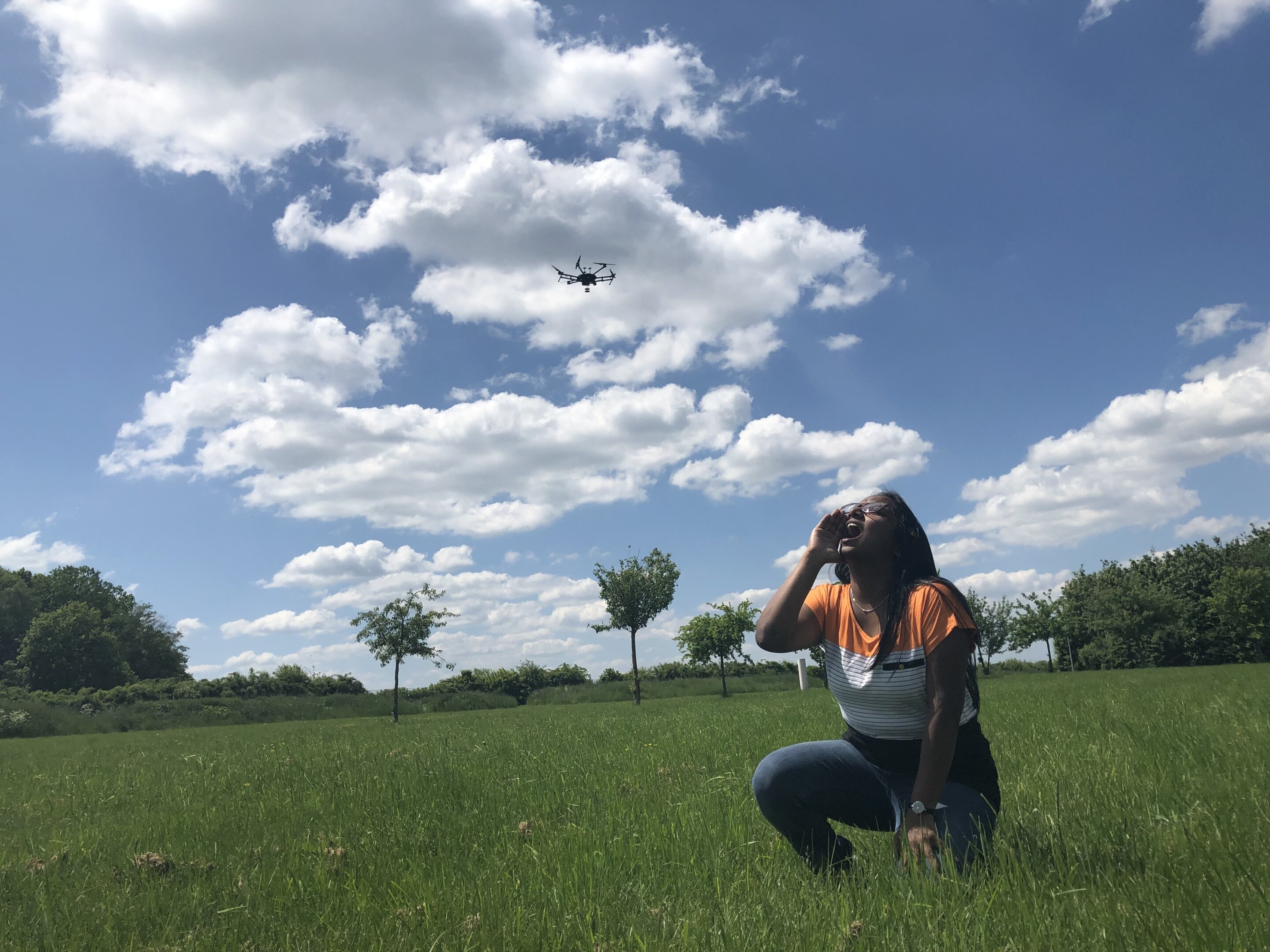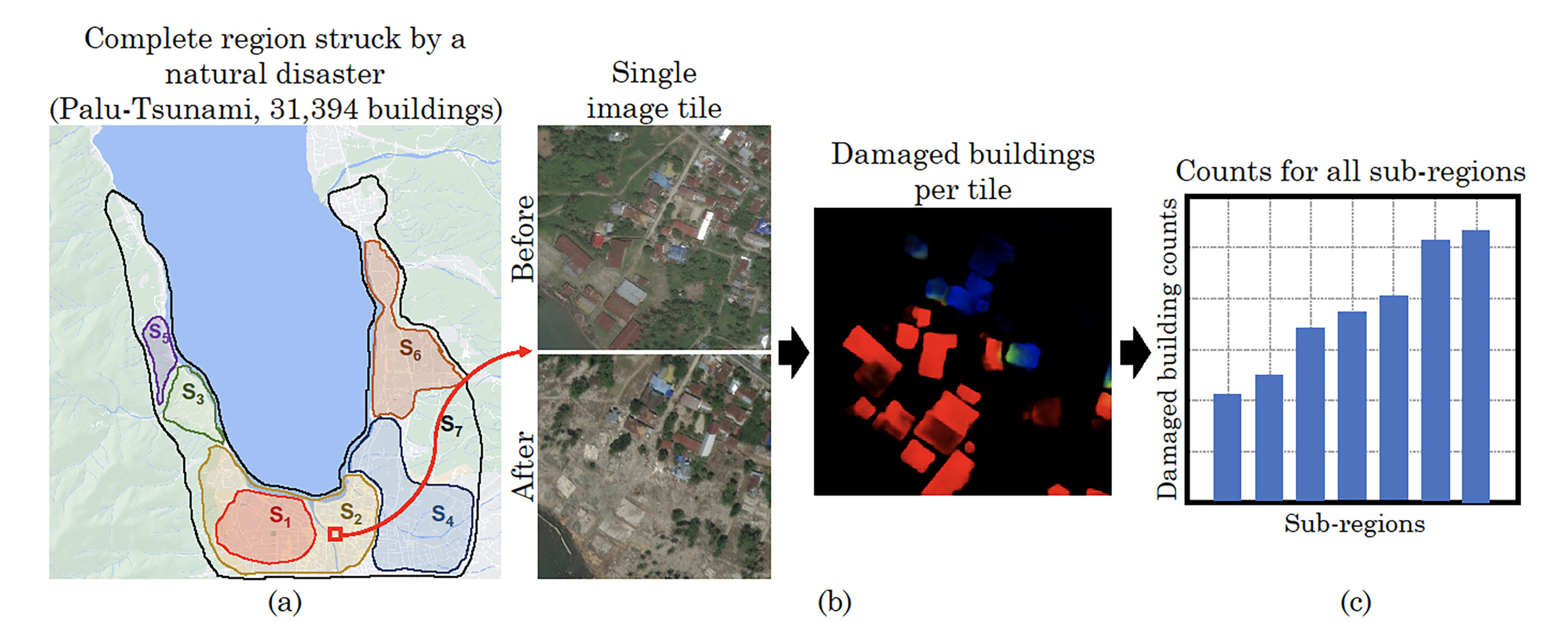#Teaching drones to hear screams from catastrophe victims

“#Teaching drones to hear screams from catastrophe victims”

In a disaster, time is of the essence when searching for potential victims who may be difficult to find. Unmanned aerial vehicles make the perfect platform for state-of-the-art technology allowing emergency crews to find those in need and provide situational awareness over a large area.
During the 180th Meeting of the Acoustical Society of America, which will be held virtually June 8-10, Macarena Varela, from Fraunhofer FKIE, will describe how a system using an array of microphones and advanced processing techniques could be a lifesaver for disaster victims. The session, “Bearing Estimation of Screams Using a Volumetric Microphone Array Mounted on a UAV,” will take place Tuesday, June 8, at 10:35 a.m. Eastern U.S.
During a disaster, every minute counts in finding missing and injured people. UAVs can cover a larger area than rescuers on the ground, so mounting small microphones on the drones can let emergency crews potentially hear screaming from someone in need of saving.
“Our project is an ongoing project, so we are still doing a lot of testing. We have already successfully detected and angularly located impulsive sounds very precisely near distances with the presence of drone noise,” Varela said. “We will be testing the system on a flying drone to measure impulsive sounds, such as screams, and process the data with different methods to also estimate the geographical positions of the sounds.”
The array of microphones, called Crow’s Nest Array, is combined with advanced array processing techniques, such as beamforming. The number and distributions of microphones placed on the drones have a crucial influence on the listening capabilities. Varela said environmental noises can also play a part in the effectiveness of the microphones.
“We have a lot of experience in filtering noise, such as wind noise, extremely loud helicopter noise, ground vehicles noise, and more,” Varela said. “We use different types of filters to be able to reduce noise, and we use diverse detection procedures to extract the signals of interest, such as impulsive sounds or screams.”
Varela envisions the listening drones saving lives by hearing sounds of survivors that may be buried under rubble from an earthquake or in a collapsed building.
Make drones sound less annoying by factoring in humans at the design stage
Macarena Varela et al, Bearing estimation of screams using a volumetric microphone array mounted on a UAV, The Journal of the Acoustical Society of America (2021). DOI: 10.1121/10.0004448
Citation:
Teaching drones to hear screams from catastrophe victims (2021, June 8)
retrieved 8 June 2021
from https://techxplore.com/news/2021-06-drones-catastrophe-victims.html
This document is subject to copyright. Apart from any fair dealing for the purpose of private study or research, no
part may be reproduced without the written permission. The content is provided for information purposes only.
If you liked the article, do not forget to share it with your friends. Follow us on Google News too, click on the star and choose us from your favorites.
For forums sites go to Forum.BuradaBiliyorum.Com
If you want to read more Like this articles, you can visit our Science category.



